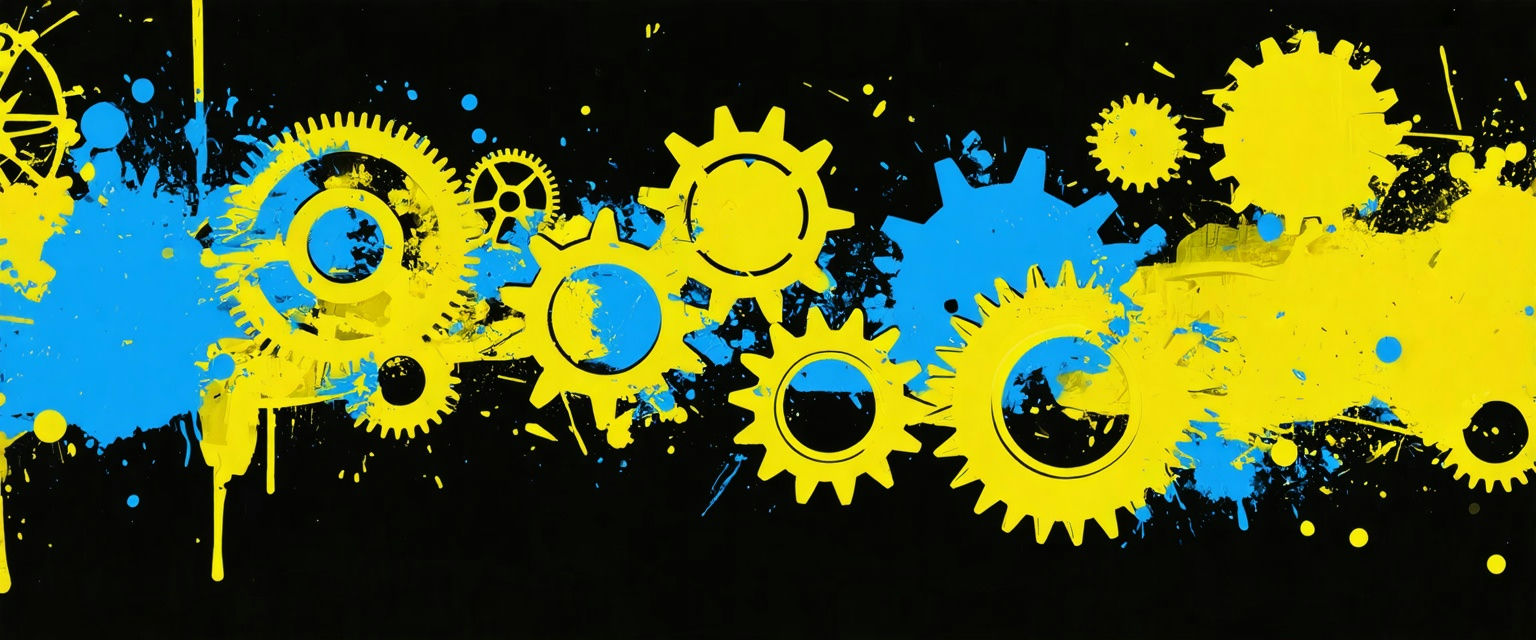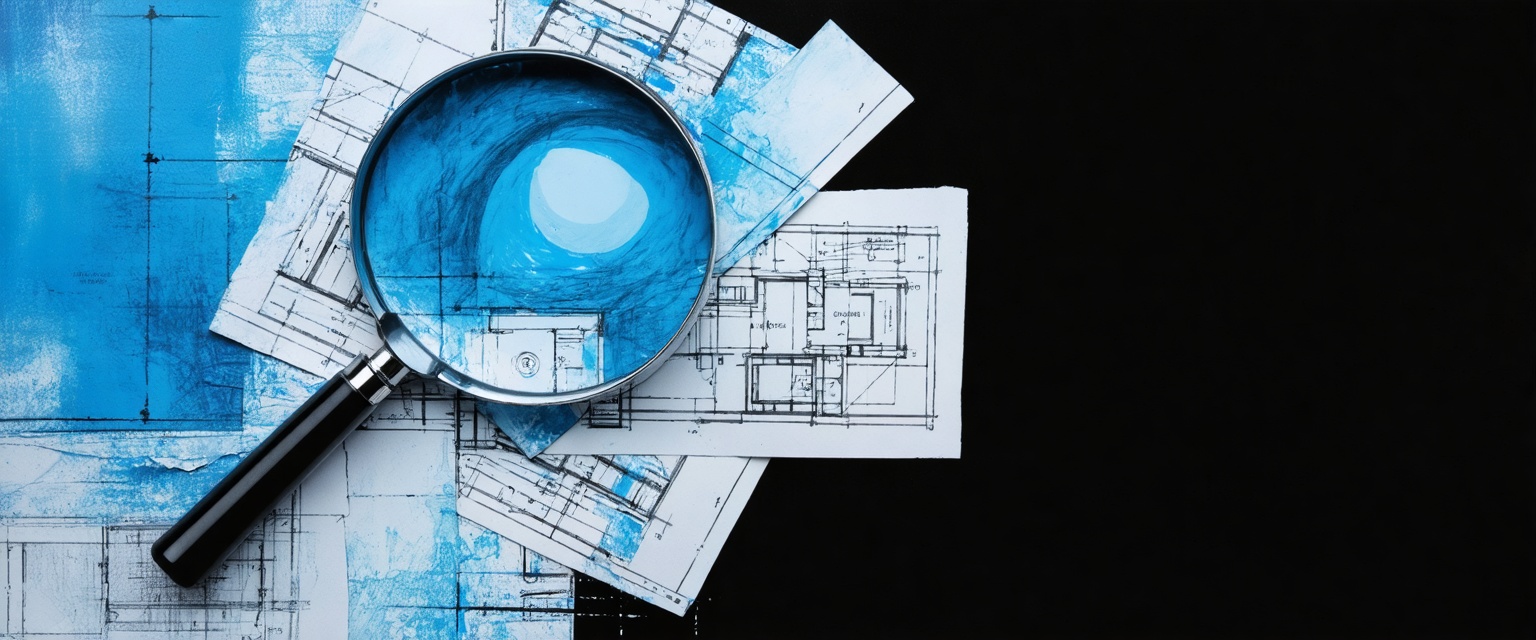All Posts
Construction - AI-Powered Project & Workflow Automation
Harnessing AI for Smarter Construction Project Management & Resource Allocation

Discover how AI automates equipment & resource allocation in construction, reducing inefficiencies & enhancing project management with Datagrid solutions.
Advancements in AI are transforming the construction industry by automating equipment and resource allocation in construction. By leveraging AI technologies, companies can streamline operations, reduce inefficiencies, and ensure resources are utilized effectively.
Datagrid's data connectors directly address this challenge by bridging software gaps and consolidating information, ensuring projects run smoothly from kickoff to handover. By integrating your existing tools into one cohesive platform, you can eliminate the chaos of juggling multiple systems.
How AI Automates Equipment & Resource Allocation
AI is changing how construction projects are planned and executed by automating equipment and resource allocation processes. By combining advanced project management software with Building Information Modeling (BIM) systems, teams improve workflow efficiency, track resources in real time, and keep schedules on target, all while reducing the risk of costly oversights.
Project management tools serve as critical command centers, offering a snapshot of production data for everything from labor to equipment. That clarity helps project managers move resources where they’re needed most, without delays. When these tools are tied to a single database, enhanced coordination becomes second nature, and it gets easier to monitor progress and pivot when plans shift.
BIM systems add another layer by delivering a 3D model-based view of a project. Teams can simulate potential pitfalls long before they become expensive mistakes on the jobsite. By relying on real-time data, managers can anticipate resource demands, eliminate guesswork, and keep everything aligned with the overall schedule.
Datagrid takes these capabilities even further by organizing mountains of data into accessible formats through its seamless integration features. Stakeholders can see where a project stands at a glance, removing the guesswork from day-to-day coordination.
Real-time visualization lets teams spot issues and solve them quickly, preserving both budgets and schedules.
Benefits of Automating Equipment & Resource Allocation
Efficiency and Cost Savings
Automation is shaking up the usual construction workflow. With AI-enabled tools, equipment and resource allocation no longer require manual input for every small change. That kind of precision keeps labor and equipment usage in check and cuts back on costly downtime, providing an efficiency boost with AI. For example, BIM-driven systems paired with AI can forecast potential slowdowns and help teams resolve them before they throw a project off course.
Predictive analytics also unveil hidden risks, offering real-time insights that save massive amounts of time and money. This improved information allows managers to enhance decision-making. When equipment failure or delivery issues threaten a project, the right software can flag those problems early. The result is a leaner operation that avoids waste and runs closer to budget.
Error Reduction and Collaboration
Human error in construction can be pricey and dangerous. By automating equipment and resource allocation, AI reduces manual effort and the associated risks by handling tasks that used to rely on manual data entry and calculations. Accurate analytics boost efficiency and guide decisions, so teams can focus on strategic tasks instead of second-guessing spreadsheets.
These systems also centralize communications and enhance document handling. Everyone gets real-time access to the same data, pulling stakeholders onto the same page. When every team member is aware of changes as they happen, collaboration improves.
Challenges in Adopting AI
Technological Barriers
Many construction firms still rely on older, disconnected systems, making AI integration a tall order.
Replacing or overhauling existing tech often means big upfront costs and interruptions to active jobs. Training workers to manage AI can be an uphill climb if there’s no internal expertise. However, AI solutions for data management can alleviate these issues by simplifying integration and standardizing data.
Data comes in countless formats, from CAD drawings to time sheets. Achieving automation in data integration is challenging without standardization, and AI solutions must adapt to each unique input, complicating setup, driving up expenses, and making it difficult to enhance decision-making.
Financial and Regulatory Considerations
Costs can be a deal-breaker for smaller firms that may not see an immediate return on expensive AI investments. With construction projects already juggling tight budgets and timelines, decision-makers worry about tying up resources in tools that might not pay off fast enough. That cautious approach slows adoption.
Regulations also lag behind rapid technological changes. Data privacy laws vary by region, and compliance can turn into a legal maze if AI solutions aren’t rolled out carefully. Keeping up with shifting standards requires ongoing effort, but ignoring them puts projects at risk of penalties or reputational damage.
How Agentic AI Simplifies Equipment Allocation
Project managers juggling tight deadlines and complex workflows find relief when Datagrid’s data connectors and AI agents step in to enhance efficiency.
The platform syncs with major construction software—Procore, PlanGrid, Autodesk BIM 360—and automates busywork like submittals, RFPs, and change orders, cutting out tedious data entry and bridging communication gaps.
By automating equipment and resource allocation, AI agents handle the mundane tasks. Incoming bid documents get cross-referenced with historical data, and potential risks surface automatically. Permit statuses and key deadlines stay in clear view, no matter how many moving parts you're juggling.
And it doesn't stop with construction software. Microsoft Project and Primavera P6 integrate seamlessly, so vital schedule information is always up to date without jumping between platforms. Financial tasks tie in through Sage 300 or QuickBooks, allowing cost tracking and budget forecasts in real time.
The automation goes further:
- Document management: AI agents automate PDF parsing by analyzing incoming documents, extracting critical details, and routing them to the right people. Faster approvals keep schedules on track.
- Safety compliance: By linking to safety management systems, the platform flags any incident reports or expired certifications and sends alerts immediately.
- Progress tracking: Photos, schedules, and daily logs flow into a single source, generating automated progress reports that highlight issues before they escalate.
- Communication: Integrations with Slack or Microsoft Teams push crucial updates—like RFI responses—to the folks who need them most.
Simplify Resource Allocation with Agentic AI
When projects run this efficiently, it's easier to keep clients happy and budgets intact. Datagrid ties it all together with:
- Integration across major platforms such as Procore, PlanGrid, and BIM 360
- AI-driven RFP analysis and bid management
- Automated processing of submittals and change orders
- Real-time scheduling insights that keep everything on track
Overcome the challenges of fragmented data and experience firsthand how AI automates equipment and resource allocation in construction.
Create a free Datagrid account











